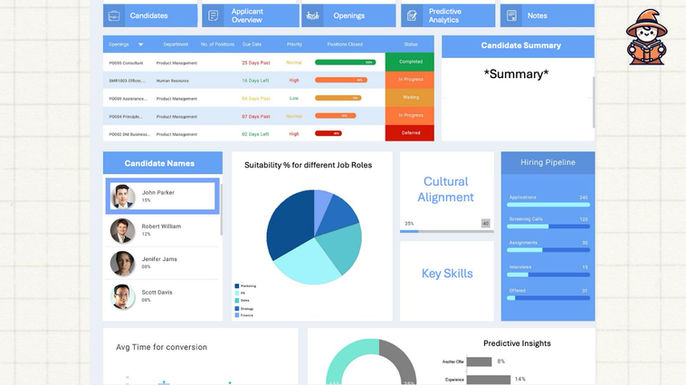
A Small Example of How I Improve
In our first hackathon, we spent too much time discussing ideas and started working on the final one too late. Even after an all-nighter, we couldn’t go deep enough.
Learning from that, we approached the second hackathon with a clearer mindset. We picked a solid problem early, focused on execution, and kept refining our solution through mentor feedback. This time, we even had space for small delights like a 3D prototype and a dog toy. As a result, we received multiple compliments from the judges for the depth of our work.
Check out the presentations from both hackathons to see the improvement.
Backstory was our first hackathon.
Pawtrackers was our second.
My Contribution
-
Backstory - My main role was diving deeper to design the product and shaping the content strategy (hooks, delivery flow, etc.) to present it.
-
Pawtrackers - Helped define and design the product. Created core PM deliverables like the User Interfaces, Customer Empathy Map, User Persona, Go-to-Market (GTM) Strategy, and more.
Backstory
Context - Job searching has become so cumbersome and competitive that undergrad students feel pressured to invest large chunks of time in networking, coffee chats, and other robotic steps just to get their resumes seen. It often takes half a year or more of these unproductive efforts, robbing them of time that could be spent honing their skills and genuinely growing in their field.
“Finding a job should be the result of how much a student worked on skill building and growth, not how many unproductive steps they took”
1. Problem
Too many talented students are overlooked by traditional hiring processes that rely on resumes and AI-based filters. Passion, soft skills, and cultural fit are lost in the shuffle, causing both recruiters and candidates to miss out on the ideal match.
2. Solution
Backstory is a platform that records each student’s full journey - every skill, project, milestone, and reflection - providing a multi-layered profile that goes far beyond a standard resume. This rich dataset can then be integrated into AI-based hiring tools, allowing them to make more contextual, data-driven decisions, reducing bias, and improving overall retention and cultural fit.
3. End Users
Primarily undergrad students who want to showcase their true potential, including personal projects, extracurriculars, and growth paths that are often invisible on a traditional resume.
Full Narrative
-
Backstory ensures a stronger match between companies and candidates, increasing retention rates and reducing hiring bias.
-
How the solution works – With the increasing use of AI in filtering candidates, Backstory dives deeper into each student’s journey and provides multi-layered data to reduce AI bias and improve hiring accuracy.
-
Process – Backstory lets each student log each skill developed, every project completed, goals achieved, milestones reached - every single activity to describe their whole journey and growth. This becomes a rich dataset that helps filter candidates who are the right fit, both culturally and by skill set. Recruiters get a narrowed-down list of quality applicants. They start with a summary and, if interested, can explore each layer, from endorsements and feedback to reflections on challenges and growth.
Imagine having an instant view of a candidate’s core strengths, growth trajectory, and cultural fit, all in one place.
Illustrative Problem Scenario
Person A has a stellar resume but minimal interest in marketing. Person B has an “okayish” resume but lives and breathes marketing. Both apply for a marketing job. Who gets the role? In today’s system, it’s usually Person A.
While narrowing down from 100k to 10k candidates, many talented applicants slip through the cracks simply because their resumes don’t tell the whole story. How many potentially perfect candidates are missing out because of factors beyond their control?
Key Issues:
-
Skills learned from personal projects, extracurriculars, and growth potential are often invisible in the traditional resume format.
-
Keywords drive ATS (Applicant Tracking Systems) filtering, instead of real, quantifiable achievements or passion.
-
Soft skills and cultural fit are ignored in the current model.
Backstory’s multi-layered profile surfaces these hidden dimensions, letting recruiters see not just what a student has done, but how they’ve grown and what drives them.










































